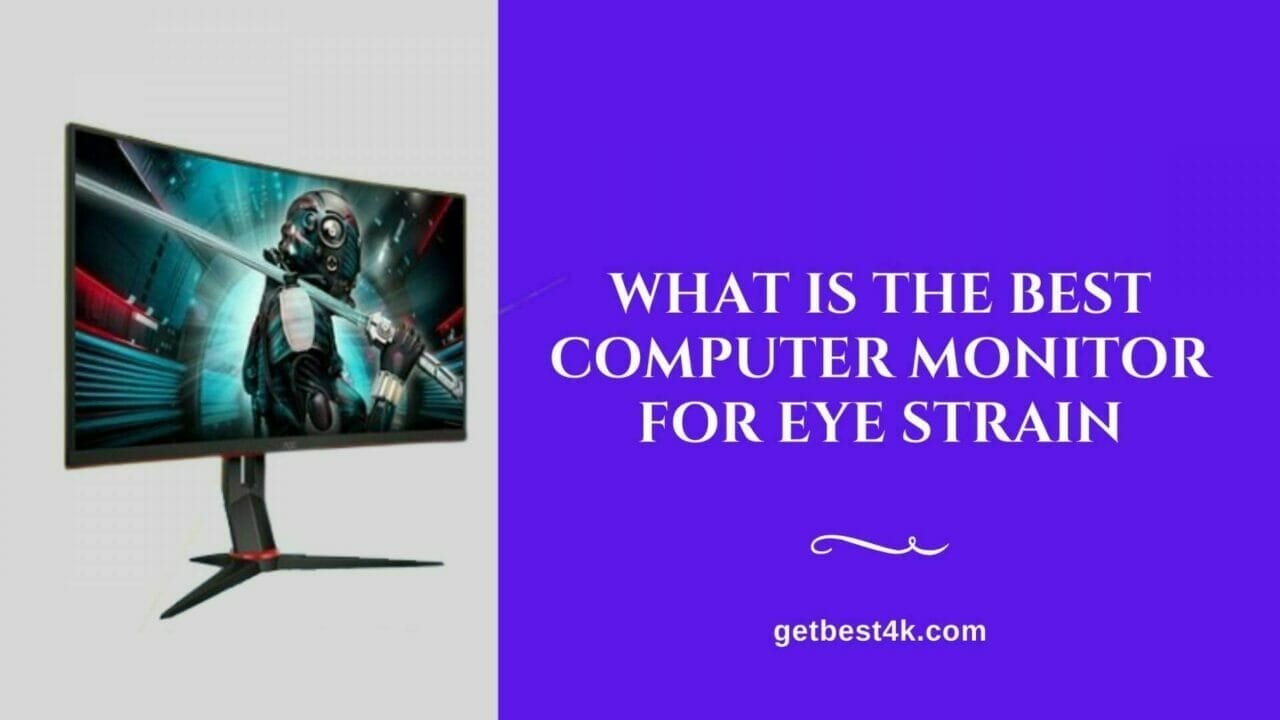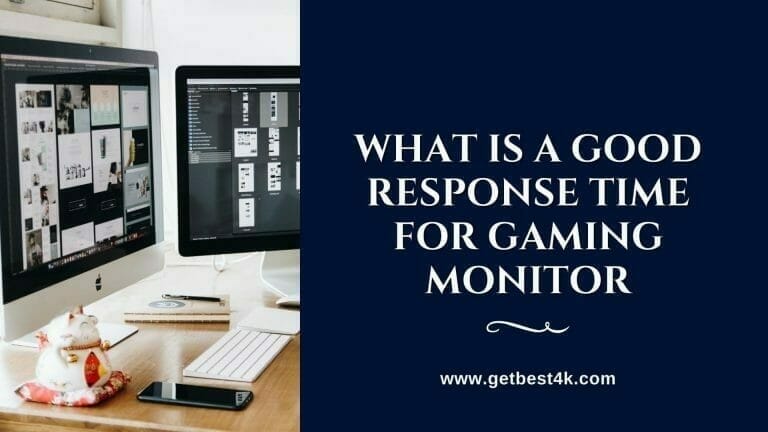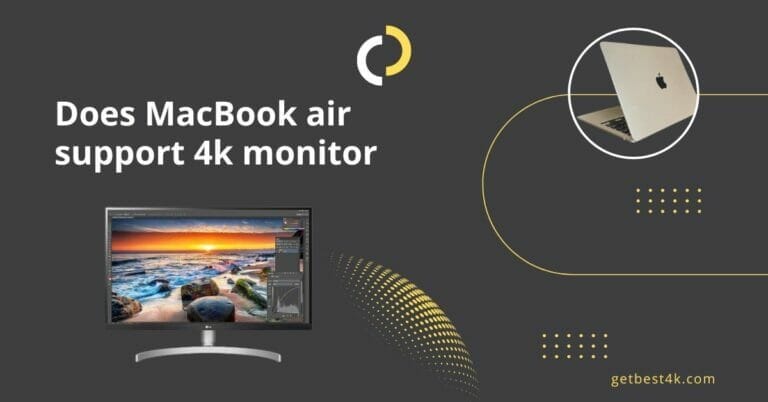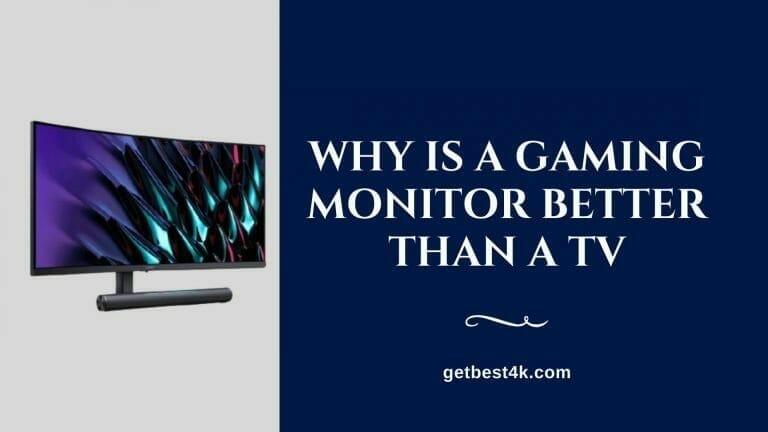LCD monitors have the highest clarity and best color range of all the different types of monitors. They are more lightweight and easier to use. These benefits make them ideal for work environments.
LCD monitors have become very common in the modern workplace and allow for content to be viewed on a larger screen while providing optimal color and contrast. This is useful for editing or creating content on the computer screen where you can easily monitor progress. They also make it easy to calibrate image display so that colors are more accurate which can help improve content quality.
The introduction explains why LCD monitors are beneficial to work environments. It provides helpful background information about their pros and cons as well as their use in the workplace.
What Is The Best Computer Monitor For Eye Strain
Eye strain is often associated with computer work. As we spend more and more time on the computer, it becomes increasingly important to keep our eyes healthy and protected.
We suggest taking a break every 45 minutes by asking yourself two questions:
- What am I doing?
- How am I feeling?
If you feel distracted, tired or uncomfortable then it is time to take a break.
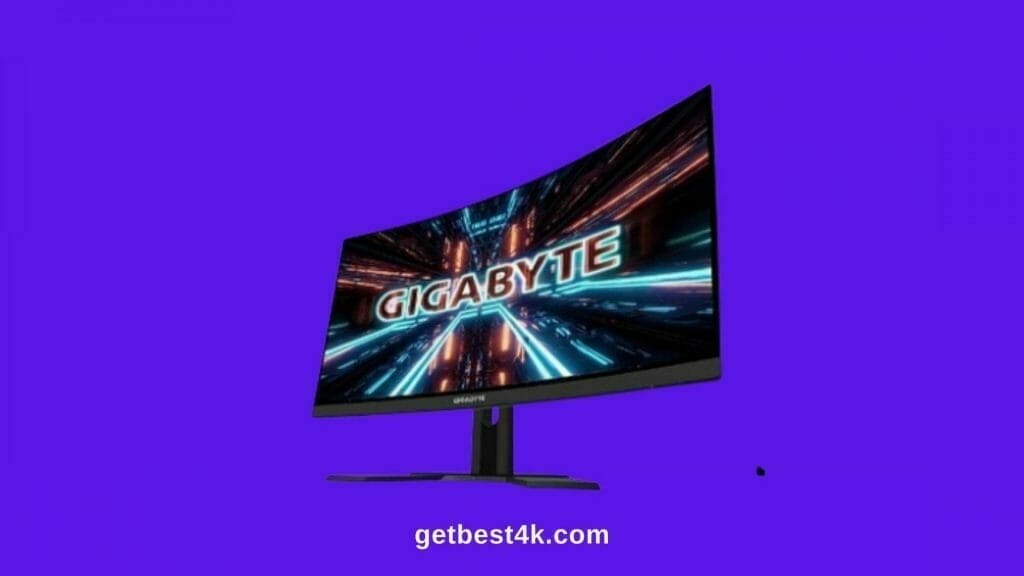
How to Prevent Eye Strain While Working on Computer Monitors
Eye strain can be prevented by keeping the computer monitor at a distance, wearing soft lighting, and using good posture.
The most important factor to preventing eye strain is to keep the monitor at a distance. It’s recommended that you work with a monitor that is 23-32 inches away from your face. Another key factor for preventing eye strain is to use soft lighting in your workspace. However, even if these factors are in place it’s still possible for eye strain to occur so it’s important that people take proper breaks when necessary.
Why LCD is the Best Option for Computer Monitors
The LCD monitor is a display that uses Liquid Crystal Display technology. It is what most computer monitors are made of. Functions of an LCD include backlight, contrast, and pixel response time.
There are many advantages to using an LCD monitor for your computer monitors over other display technologies such as the CRT or Plasma TV. The main advantage is that the LCD screen is much more energy efficient than a CRT monitor and requires less power to operate than a plasma TV, which means it will use less energy over time.
LCD monitors also have better image quality and more vibrant colors than types of displays like the CRT and Plasma TVs. Plus there are many companies now producing thin bezel models that are incredibly stylish in today’s modern workspace.
A Guide to Finding the Right Monitor for Your Business
A monitor is a critical component for your computer. It works to display whatever you want – whether it is an image, a text, or an application. It also has the ability to be adjusted by height.
The different types of monitors in the market are CRT (Cathode Ray Tube), LCD (Liquid Crystal Display), and LED (Light Emitting Diode). The key differences between these three types of displays are their brightness, contrast ratios, and response time.
A good monitor should be able to withstand high temperatures as well as take advantage of the latest technology like 3D graphics cards and USB ports. Monitors with HDMI ports are preferable because they have fewer cables than DVI cables which can lead to clutter on desks and tangled wires.
Conclusion: What Is The Best Computer Monitor For Eye Strain
Computers have changed the way we do everything. They are now used for work and play, including writing. The best computer monitor for eye strain is a 17-inch LCD monitor with a screen resolution of 1920×1080 and a refresh rate of 60Hz.
FAQs
Do larger monitors reduce eye strain?
The answer to this question is yes. Larger monitors reduce eye strain because the distance between the eyes and monitor is a little further than smaller models. Additionally, the higher resolution of larger monitors can reduce eye fatigue that comes with pixelated text on a smaller monitor.
What can a bad computer monitor do to your eyes?
When you’re sitting in front of the computer screen, there’s a lot that can go wrong with your health. A bad monitor can cause eyestrain and headaches, but it also has other effects.
Is it possible that using two computer monitors increases eye strain?
In recent years, many people have switched to using two computer monitors. They may be working on two different projects at once or they may just find it easier to see what is happening on both screens. However, there are some who claim that using two screens increases eye strain and fatigue.
How can I ease eye strain while reading text on a computer monitor?
Eye strain from reading on a computer monitor is common. But if you take some precautions, you can avoid the problem. To reduce eye strain, use an anti-glare screen cover and keep your screen brightness at 20% or less. When you aren’t using your computer, close it and put it into sleep mode to save energy.
What qualities in a computer monitor will help reduce eye strain?
Computer monitors emit blue light, which has been linked to eye strain. An LCD monitor emits less blue light than an LED monitor and so will be less likely to cause eye strain. And, it’s important to have a high resolution in order for your screen to be able to show a lot of detail; in fact, make sure your screen has at least 1080p resolution.
Does IPS monitor reduce eye strain?
With the increasing use of computers and screens for work, eye strain is becoming a more common concern. Some studies have shown that the blue light emitted by screens can lead to eyestrain, a symptom of which can be blurry vision.
Are some monitors better for your eyes?
Monitors are the most important accessories for your computer. These monitors serve as a window to your work, providing you with a constant stream of information that is important to productivity. Many people wonder whether they should choose an LCD or an LED monitor.
- Best Gimbals for BMPCC 6K in 2025: A Complete Guide - June 11, 2025
- Blackmagic Rec.709 LUT Download - June 11, 2025
- How to Delete Files on Blackmagic 6K - January 8, 2025
